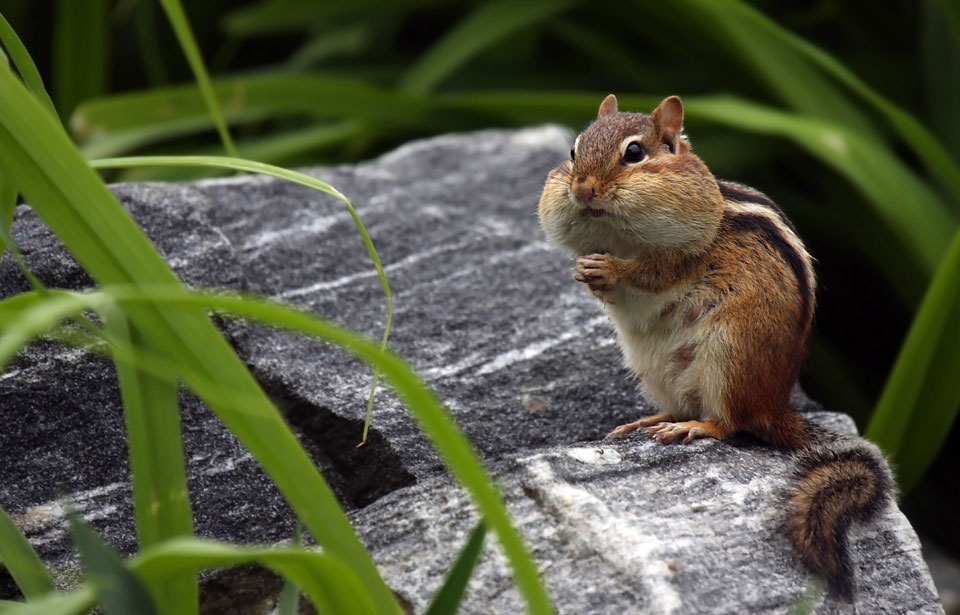Succession is going on all the time in nature. This remarkable process occurs over many years, when one type of habitat gradually changes into another. As certain plant species are replaced by others, succession can turn an abandoned lot into a forest.
Succession can transform a pond into dry land, or a burnt-over area into lush, green space again. Left alone, most habitat would slowly but surely turn back into woodland. However, humans and animals keep succession in check by ploughing and grazing.
As a long-range project, establish a small woodland in your schoolyard or community for future generations of humans and wildlife to enjoy.
- If you’re lucky, you may already have some mature trees on your property. If so, you can help this habitat by planting shade-loving shrubs and wildflowers amongst the trees. Pile up dead logs and spread a thick layer of rotting leaves around the site. Rotting wood and leaves provide critical habitat for innumerable species, including insects, fungi, and moss.
- If you start your mini-woodland from scratch, first do research on tree and plant species native to your area.
- Determine the size of the woodland, the number of trees, and what species you want to plant. Remember diversity!
- Plant your woodland seedlings about 2 m apart and, if possible, with a mulch of chipped bark or fallen or decomposed leaves to discourage weeds.(See “A New Lease on Leaves“).
- Water your seedlings regularly, especially during their first summer.
- Once the trees are established (in several years), remember to add a variety of shade-loving woodland plants.
- As the years go by, keep a record of wildlife that comes to call.



